Understanding of Disease
- 1667 – first report of childhood stroke: Thomas Willis documented the first report of stroke in a child in 1667 (59).
- 19th and early 20th centuries – description of pediatric hemiplegia: Descriptions of “pediatric hemiplegia” followed, with series of pediatric stroke patients presented. by Osler, Sachs and Peterson, and Freud and Rie (56–58).
- 1927 – follow-up study of children who had hemorrhagic stroke: In a remarkably foresighted method, the first modern evaluation of children with ischemic strokes was written by Ford and Schaffer, which commented on the etiology, outcome, and quality of survival in a group of affected children (55). The issues they highlighted in 1927 remain relevant today, including the subset of children affected by hemorrhagic stroke from AVM.
Technological Development
- Refinement minimizing morbidity of treatment: Key advances in the treatment of cranial AVMs include the use of the operating microscope, refinement of radiation therapy, and evolution of intraarterial embolization techniques.
- Imaging: Equally important has been the parallel development of imaging technology, including angiography, CT, MRI, and the use of these technologies in the operating room for improved navigation (frameless stereotaxy) and intraoperative diagnosis (intra- and perioperative angiography).
Surgical Technique
Please create a free account or log in to read 'History of Management of Cerebral Arteriovenous Malformations In Children'
Registration is free, quick and easy. Register and complete your profile and get access to the following:
- Full unrestricted access to The ISPN Guide
- Download pages as PDFs for offline viewing
- Create and manage page bookmarks
- Access to new and improved on-page references

